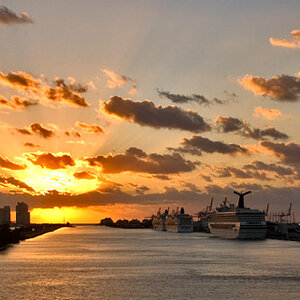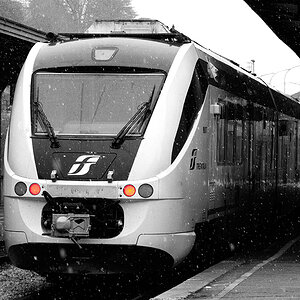Tropicalmemories
Been spending a lot of time on here!
- Joined
- Jan 20, 2019
- Messages
- 1,136
- Reaction score
- 1,283
- Can others edit my Photos
- Photos OK to edit
Smaller sensor means smaller lenses for a given angle of view - so as others have said, micro 4/3 may be the answer?
Or get a good bag with wide straps?
Or get a good bag with wide straps?
Last edited:


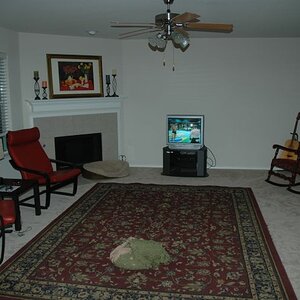


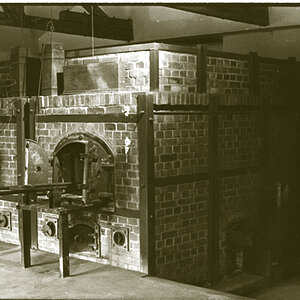


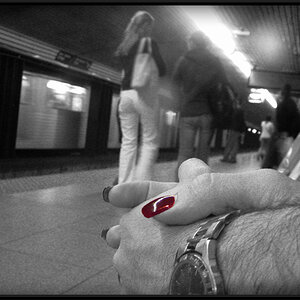
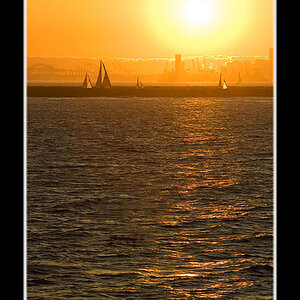

![[No title]](/data/xfmg/thumbnail/39/39225-99d579cd498f8f152a288d7e8e7ad2a4.jpg?1619738926)
